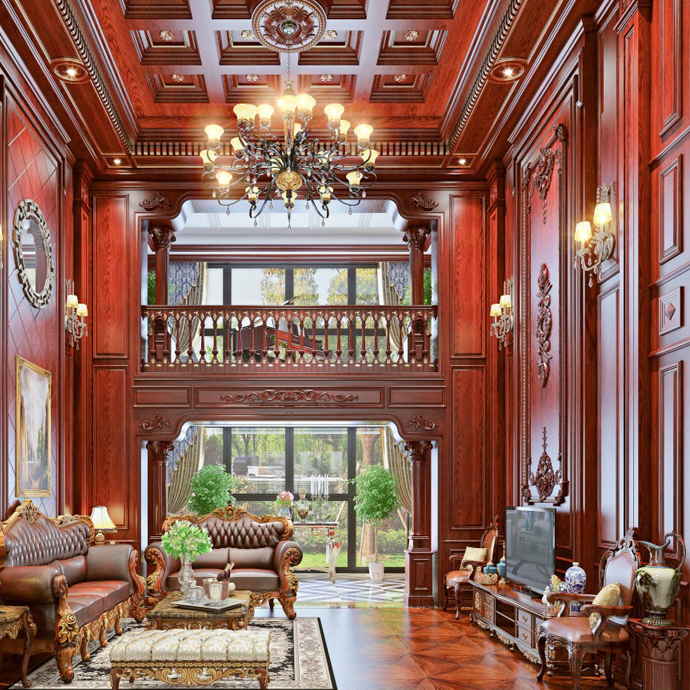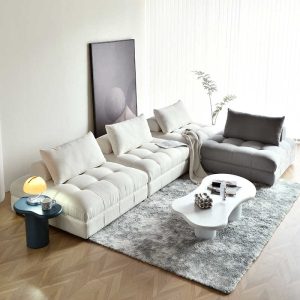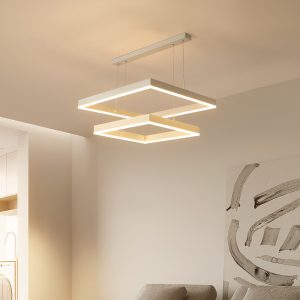
Lighting up Your Culinary Haven: The Benefits of LED Kitchen Lighting
The kitchen is the heart of the home and it’s important to have good lighting in this space for both functional and aesthetic purposes. The use of LED lighting in the kitchen has recently gained popularity due to its energy efficiency, long lifespan, and versatility. In this article, we will explore the benefits of LED kitchen lighting and provide tips for selecting and installing LED fixtures.
Benefits of LED Kitchen Lighting
Energy Efficiency
LED lighting is highly energy-efficient, meaning it uses less electricity to produce the same amount of light as traditional incandescent or fluorescent bulbs. This can lead to significant savings on your energy bill over time. Additionally, LEDs emit less heat than traditional bulbs, which can help reduce cooling costs in the summer.
Long Lifespan
LED lights have a much longer lifespan than traditional bulbs, lasting up to 25 times longer. This means less frequent bulb-replacement and lower maintenance costs. The long lifespan also means you won’t have to change bulbs as frequently in hard-to-reach places, such as above cabinets or in tall ceilings.
Versatility
LED lighting is available in a wide range of colors and styles, allowing you to customize the ambiance of your kitchen. Warm white LEDs create a cozy, inviting atmosphere, while cool white LEDs provide bright, focused light for cooking and food prep. LED strip lighting can be installed under cabinets, giving your kitchen a modern, updated look.
Selecting LED Fixtures
When selecting LED fixtures for your kitchen, consider the following:
Color Temperature
LED lights come in a range of color temperatures, ranging from warm white (2700K-3000K) to cool white (5000K-6500K). For task lighting in the kitchen, such as over the stove or sink, cool white LEDs provide bright, focused light. For more relaxed lighting, such as above a dining area, warm white LEDs create a cozy, inviting atmosphere.
Lumens
Lumens are a unit of measurement for the brightness of a light source. When selecting LED fixtures, look for the lumen output, which tells you how bright the light will be. For task lighting in the kitchen, you’ll want a high lumen output, around 700-1000 lumens. For ambient lighting, such as above cabinets or in the dining area, a lower lumen output will suffice.
Color Rendering Index
The Color Rendering Index (CRI) is a measurement of how accurately a light source renders colors. Look for LED fixtures with a CRI of at least 80 for accurate color rendering in the kitchen.
Installing LED Fixtures
LED fixtures can be installed in a variety of ways, depending on your kitchen’s layout and your personal design preferences. Here are a few ideas:
Under Cabinet Lighting
LED strip lighting can be installed under cabinets, providing ample task lighting for cooking and food prep. This not only adds functionality to your kitchen, but also provides a modern, updated look.
Pendant Lights
Pendant lights are a popular choice for over the kitchen island or dining table. LED pendant lights come in a variety of styles and colors, making it easy to find one that complements your kitchen’s design.
Recessed Lighting
Recessed lighting can be used to provide ambient lighting in the kitchen. These fixtures are installed in the ceiling and are typically spaced evenly throughout the room. LED recessed lighting is energy efficient and provides a modern, streamlined look.
LED lighting is a versatile, energy-efficient option for illuminating your kitchen. With a long lifespan and a range of styles and colors to choose from, LED fixtures can help you create the perfect ambiance for your culinary haven. When selecting and installing LED fixtures, be sure to consider color temperature, lumens, and color rendering index for optimal functionality and design.


